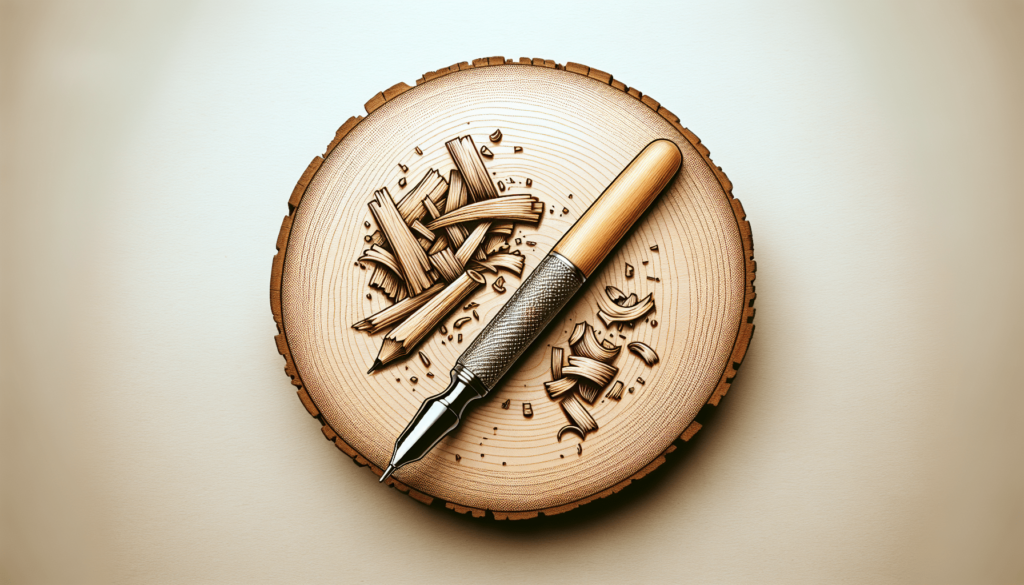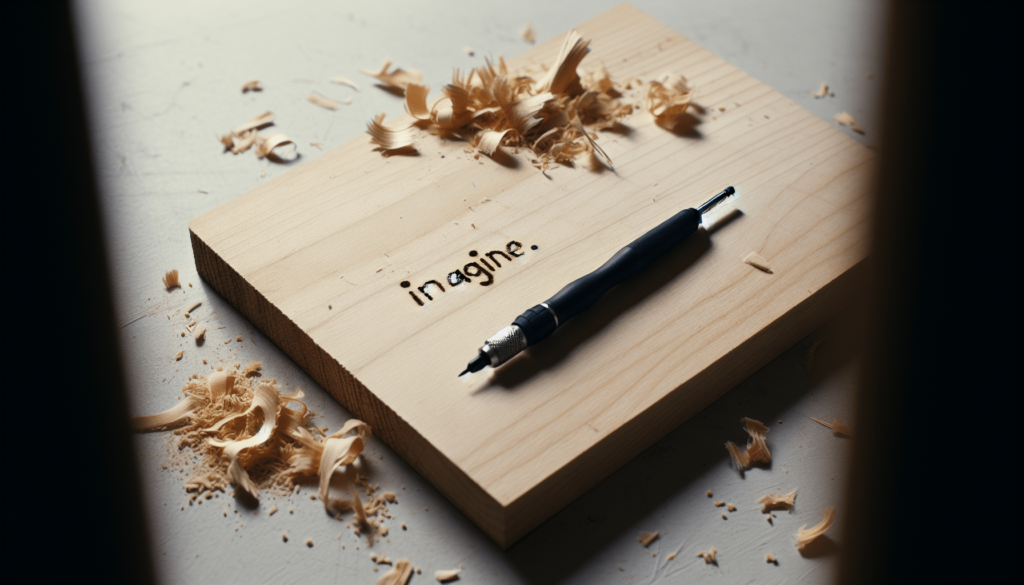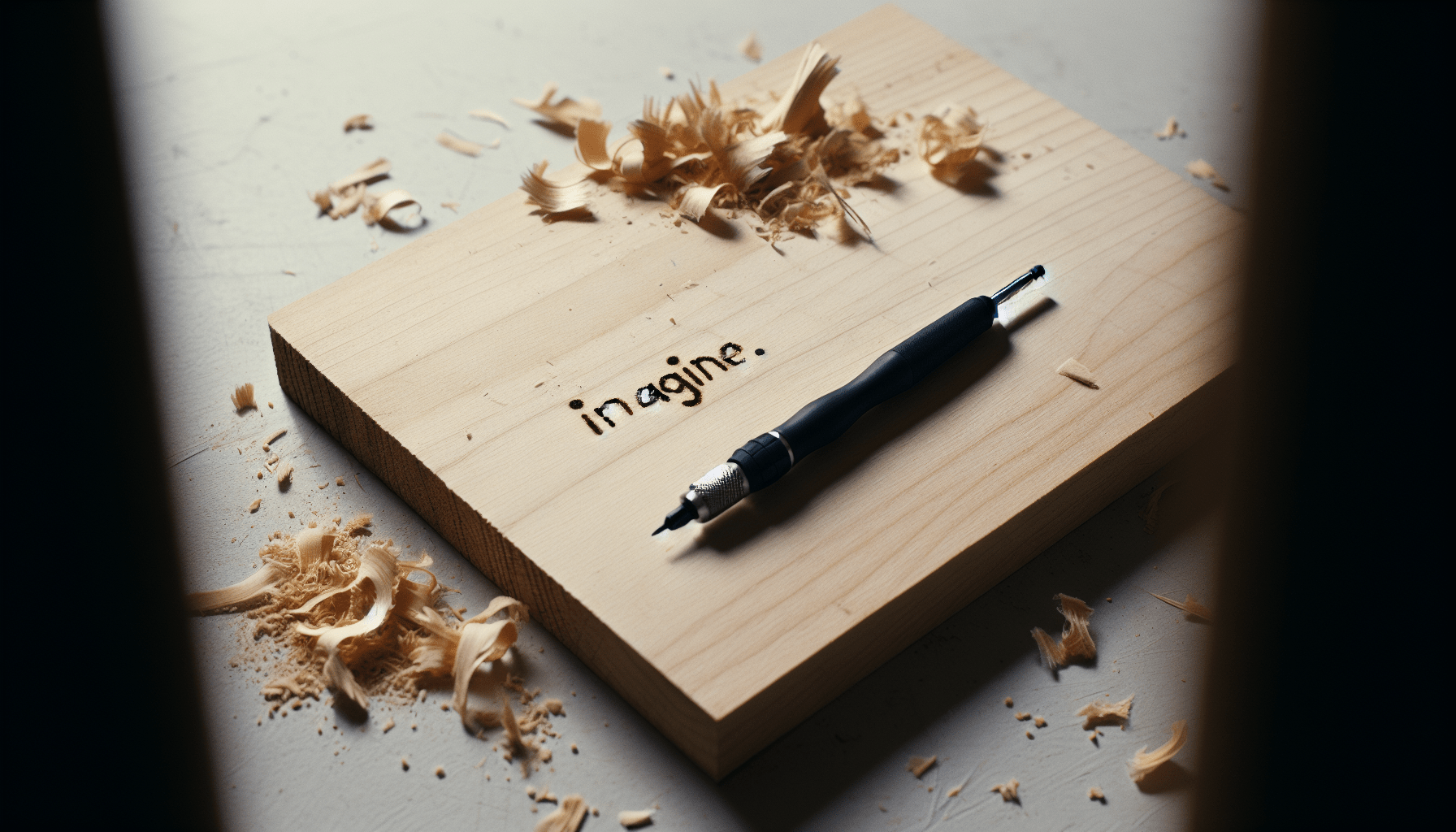Starting pyrography might seem daunting at first, but trust me, it’s a rewarding journey of creativity and craftsmanship. In this guide, I’ll walk you through the essential tools and materials you’ll need to ignite your passion for this ancient art form. From selecting the right pyrography pen to choosing the perfect wooden canvas, I’ll share practical tips and insights to help you dive into the world of woodburning with confidence. Whether you’re a complete novice or looking to refine your skills, you’ll find everything you need to get started right here. What do you need to start pyrography?
Alright, I’m going to let you in on a little secret. I recently fell down a rabbit hole of hot tips—quite literally. It started with browsing shiny tools online and ended with a mild burn on my thumb. What was I doing? Pyrography! That’s right, the art of burning designs into wood. I know it sounds medieval, but trust me, it’s a blast.
Let’s dive into what you’ll need to embark on this scorched artistic journey.

Basic Supplies: The Must-Haves
First off, you can’t just wing this with a regular BBQ lighter and a slab of wood from your local hardware store. You’ll need some specific tools and materials to get you started.
Pyrography Pen
A good pyrography pen is like the Excalibur of your wood-burning quest. You can find pens with interchangeable tips or fixed tips. Think of it as the difference between a multi-colored pen and one of those classic blue Bics.
Pros and Cons of Different Types of Pyrography Pens
| Type | Advantages | Disadvantages |
|---|---|---|
| Fixed Tips | Simple to use, less expensive | Less versatile, can overheat |
| Interchangeable Tips | More versatile, better temperature control | Slightly more expensive, requires more skill |
Wood
Not all woods are created equal when it comes to pyrography. Softer woods like pine and basswood are much easier to work with. Stay away from woods with high resin content or those treated with chemicals. You don’t want to be inhaling that stuff—your nose will go on strike faster than you can say “burnt toast.”
Sandpaper
Why sandpaper, you ask? Smooth wood is your friend in pyrography. The smoother your canvas, the more control you’ll have over your design. A bit of sandpaper can take your wood from splintery mess to silky perfection.
Safety Gear
This isn’t optional, my friend. A pair of heat-resistant gloves and a good quality mask can make all the difference. Trust me, the time I tried to skip the gloves, I ended up typing like a velociraptor for a week.
Additional Supplies: The Nice-to-Haves
Once you’ve got the basics down, there are a few more supplies that can significantly elevate your pyrography game.
Carbon Paper
If you aren’t a naturally gifted artist, carbon paper will be your new best friend. It helps you transfer designs onto wood seamlessly. You’ll look like a pro, even if your actual drawing skills top out at stick figures.
Stencils
For those of us who failed geometry, stencils can make adding shapes and patterns much easier. You can find stencils in all shapes and sizes, from simple circles to intricate floral designs.
Ruler and Compass
If you’re planning on doing any geometric designs, a ruler and a compass are indispensable. They help you maintain precision, and given how unforgiving pyrography can be, precision is key.
Types and Styles of Pyrography
This isn’t a one-trick pony kind of hobby. There are several styles and techniques you can explore, depending on your level of ambition and skill.
Pointillism
Ah, the art of making tiny dots until your hand feels like it’s detached from your body. Pointillism can be mesmerizing, but requires an obscene amount of patience. It’s like meditation with occasional burn marks.
Line Art
Lines are straightforward, like connecting the dots but without the fun surprise at the end. It’s easier for beginners and can be used to create various designs from simple to complex.
Shading Techniques
To give your art some depth, you’ll need to get the hang of shading. This involves adjusting the pressure and speed of your pen. Sounds complicated? It is, but hey, Rome wasn’t burnt in a day.
Step-by-Step Guide to Your First Project
Alright, let’s get hands-on. Here’s a step-by-step guide to creating your first pyrography masterpiece—a simple leaf design. Leaves are forgiving; they don’t mind if you miss a vein or two.
Step 1: Preparing Your Workspace
Set up a well-ventilated workspace. You don’t want to pass out before your first creation is done. Lay down some newspaper or a heat-resistant mat to protect your furniture. Safety first, aspiring Da Vinci.
Step 2: Prepare the Wood
Use that sandpaper we talked about to smooth out your wood. Start with a coarser grit and then move to a finer one until the surface is smooth to the touch.
Step 3: Draw Your Design
Sketch your leaf directly onto the wood or use carbon paper to transfer a design. This is not the time for freehand heroics. Keep it simple for your first go.
Step 4: Heat Up the Pen
Plug in your pyrography pen and let it heat up. Most pens have a thermostat to control the temperature. Start at a lower heat setting and adjust as needed. Burning the wood is the goal; burning down the house, less so.
Step 5: Burn the Outline
Start by outlining your design. Use steady, slow movements. The key here is control. Imagine you’re navigating a maze. One false move and you’re toast—literally.
Step 6: Fill In and Shade
Once your outline is done, start filling in the design. For shading, vary the pressure and speed of your strokes. This takes practice, so don’t be too hard on yourself if your leaf looks more like a toasted marshmallow at first.
Step 7: Finishing Touches
Let the wood cool down completely before you touch it. Once cooled, you can add a finish like varnish or wax to protect your design. Congratulations, you’ve just created art with fire! Go show it off to your friends; just don’t forget to act humble.

Troubleshooting Common Issues
If you’re anything like me, your first few attempts might not be gallery-worthy. Here are some common problems and solutions.
Uneven Burns
If your burns are uneven, it might be a matter of inconsistent pressure or uneven wood. Practice makes perfect here. Use scrap wood to practice maintaining an even hand.
Overheating Pen
If your pen overheats, switch it off for a bit to let it cool. This can help prevent overheating and also lengthen the life of your tool.
Smoky Outcome
Too much smoke means you might be using a wood with high resin content or holding the pen in one spot for too long. Switch to a less resinous wood like basswood and keep that pen moving!
Improving Your Skills
Once you’ve got the basics down, improving your skills will require practice, and maybe a few more tools.
Join Online Communities
There are loads of online forums and social media groups full of pyrography aficionados. They can offer advice, inspiration, and sometimes a virtual pat on the back when you’ve burnt your thumb for the umpteenth time.
Attend Workshops
If you’re serious about getting better, consider attending a workshop. It’s also a great way to meet other people who share your fiery passion.
Keep Practicing
Rome wasn’t built in a day, and your pyrography skills won’t be either. Set aside regular time to practice and try new techniques. Watch tutorials, read articles, and keep challenging yourself.
Safety Tips
Yes, we’ve touched on this, but it’s worth repeating. Safety is paramount.
Ventilation
Always work in a well-ventilated area. Burning wood releases some pretty nasty fumes, and you don’t want to be breathing them in. A small fan or an open window can do wonders.
Protective Gear
Don’t skimp on the gloves and mask. Heat-resistant gloves and a good quality respirator mask will save your skin and lungs from potential damage.
Fire Safety
Keep a fire extinguisher handy. You might think it’s overkill, but better to be safe than sorry. A small spark can lead to unexpected disasters.
The Joy of Creating
At its core, pyrography is an incredibly rewarding hobby. There’s something almost primal about creating art with fire. It’s like being a caveman, but with power tools and significantly fewer mammoths to worry about.
Every piece you make will carry a part of you—your quirks, your mistakes, and your triumphs. It’s not just about burning designs into wood; it’s about engraving your own spirit onto a canvas.
Why Pyrography?
People often ask why I chose pyrography. My answer: it combines the thrill of creation with the risk of mild peril. There’s a meditative aspect to it as well. When you’re burning that wood, the world slips away. It’s just you, the pen, and the smell of smoldering timber. And honestly, who doesn’t love the scent of burnt wood? It takes you right back to campfires and ghost stories—that delightful cusp of comfort and excitement.
So, what are you waiting for? Get your supplies, clear a space, and start burning! And remember, the only thing you have to fear is the very real possibility of occasionally burning your fingers. But hey, no great artist ever had unscathed thumbs, right?

